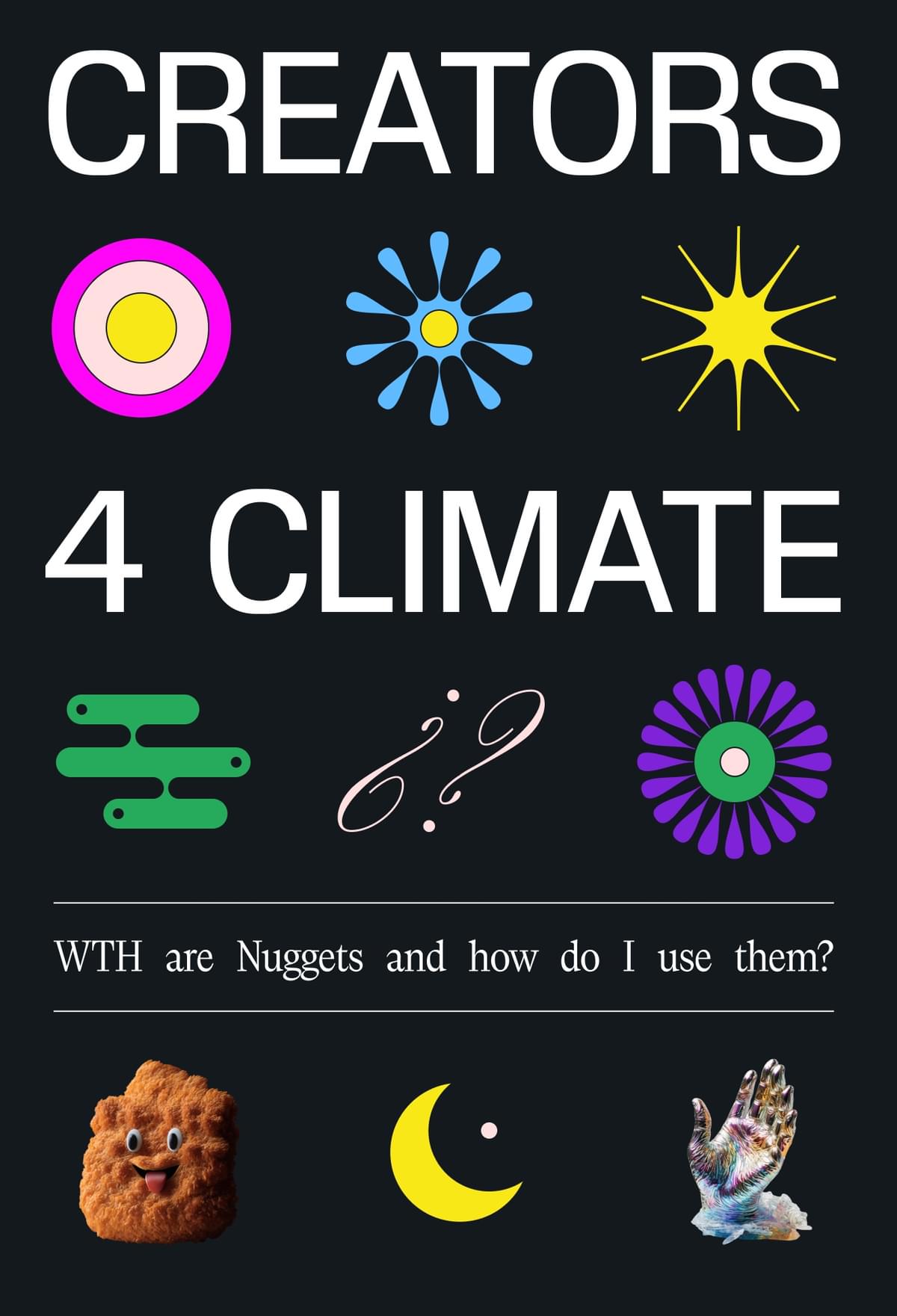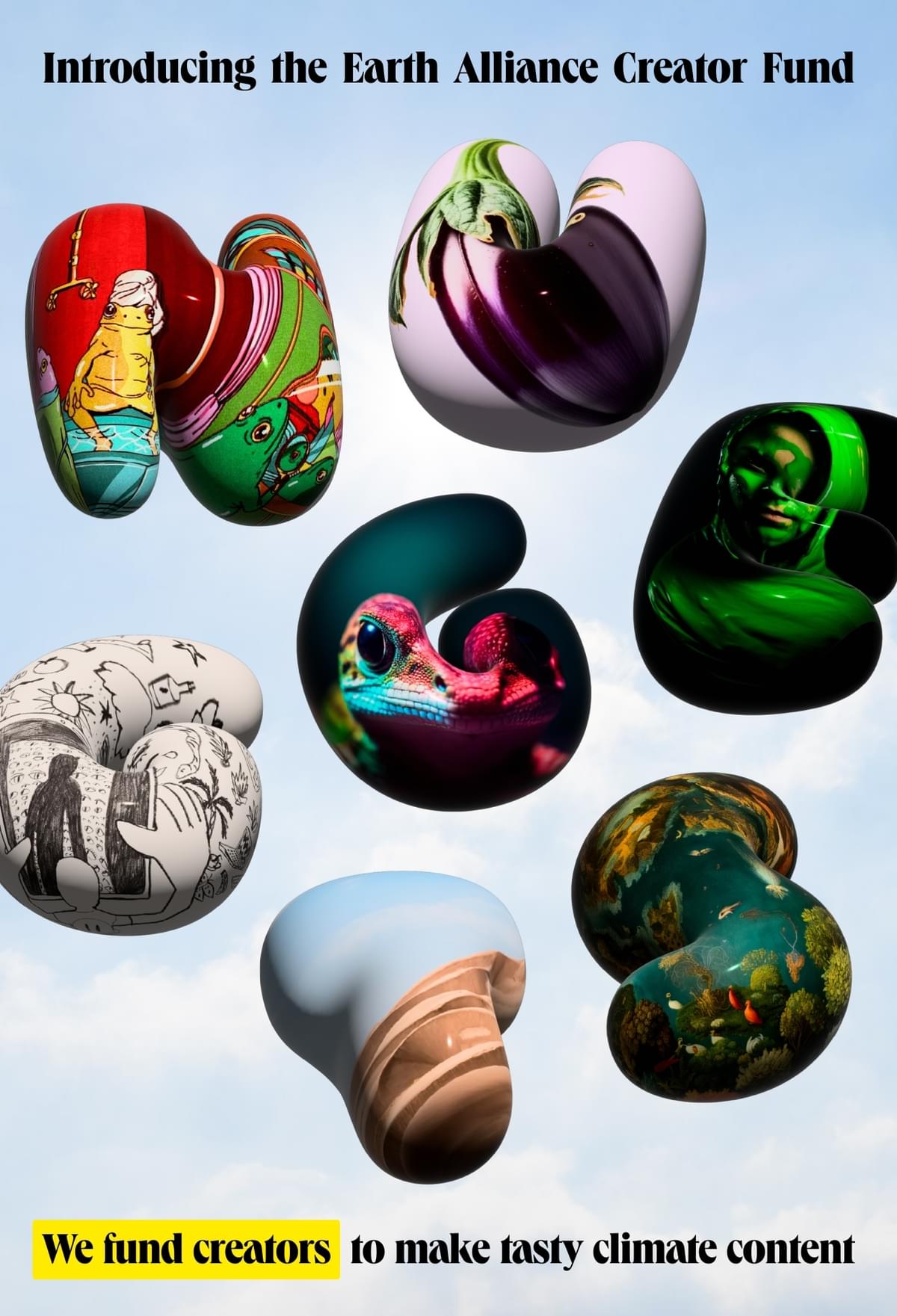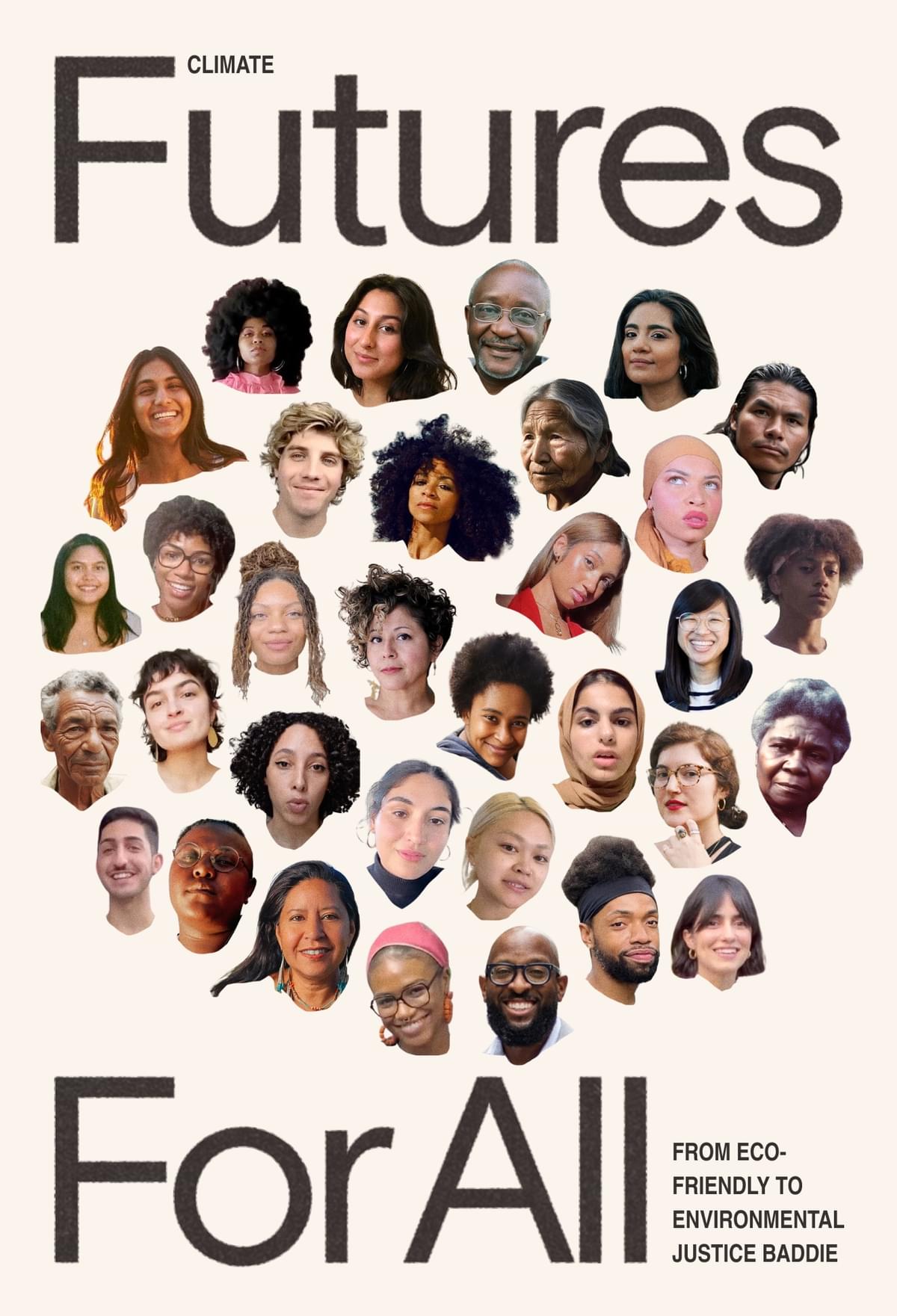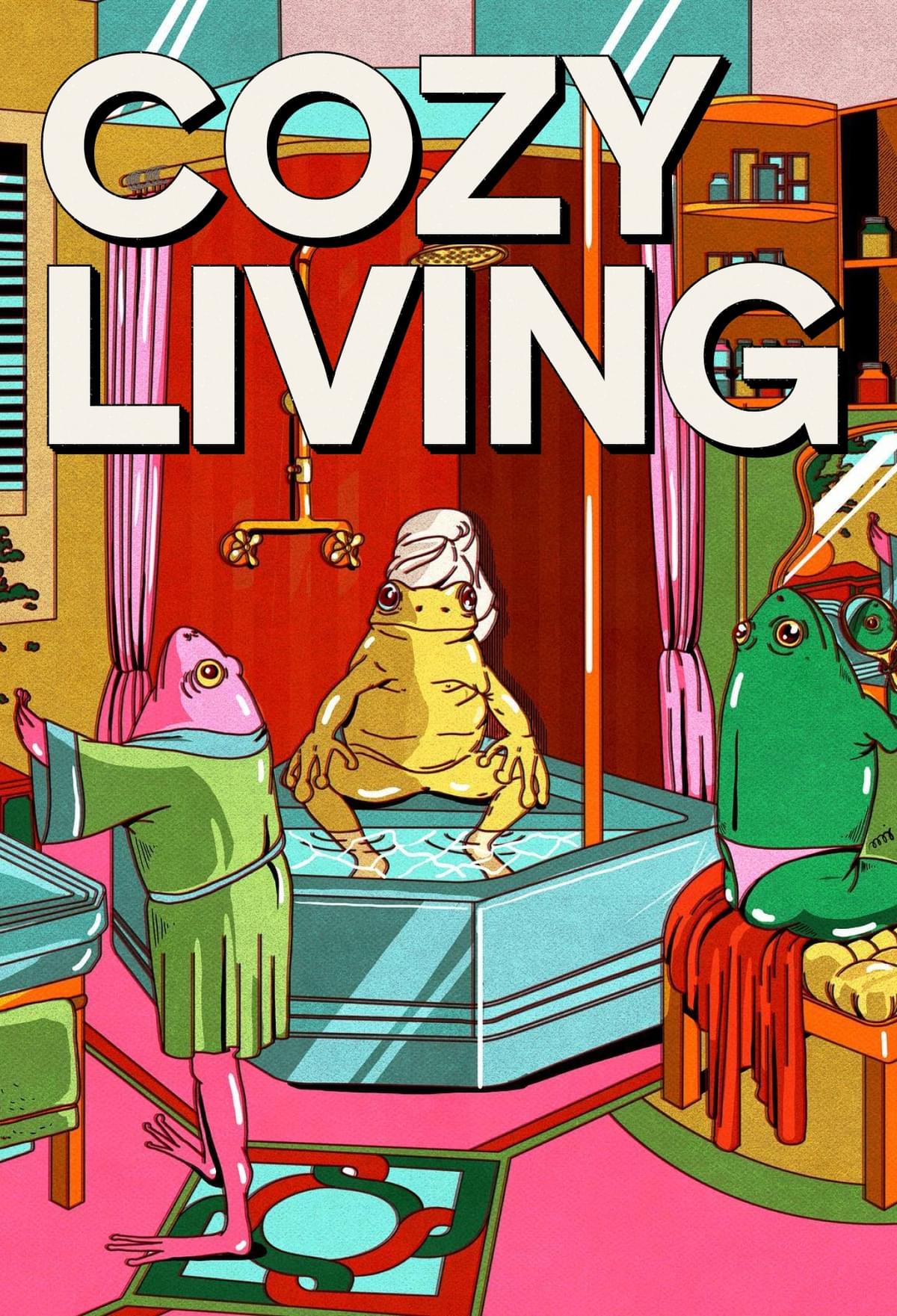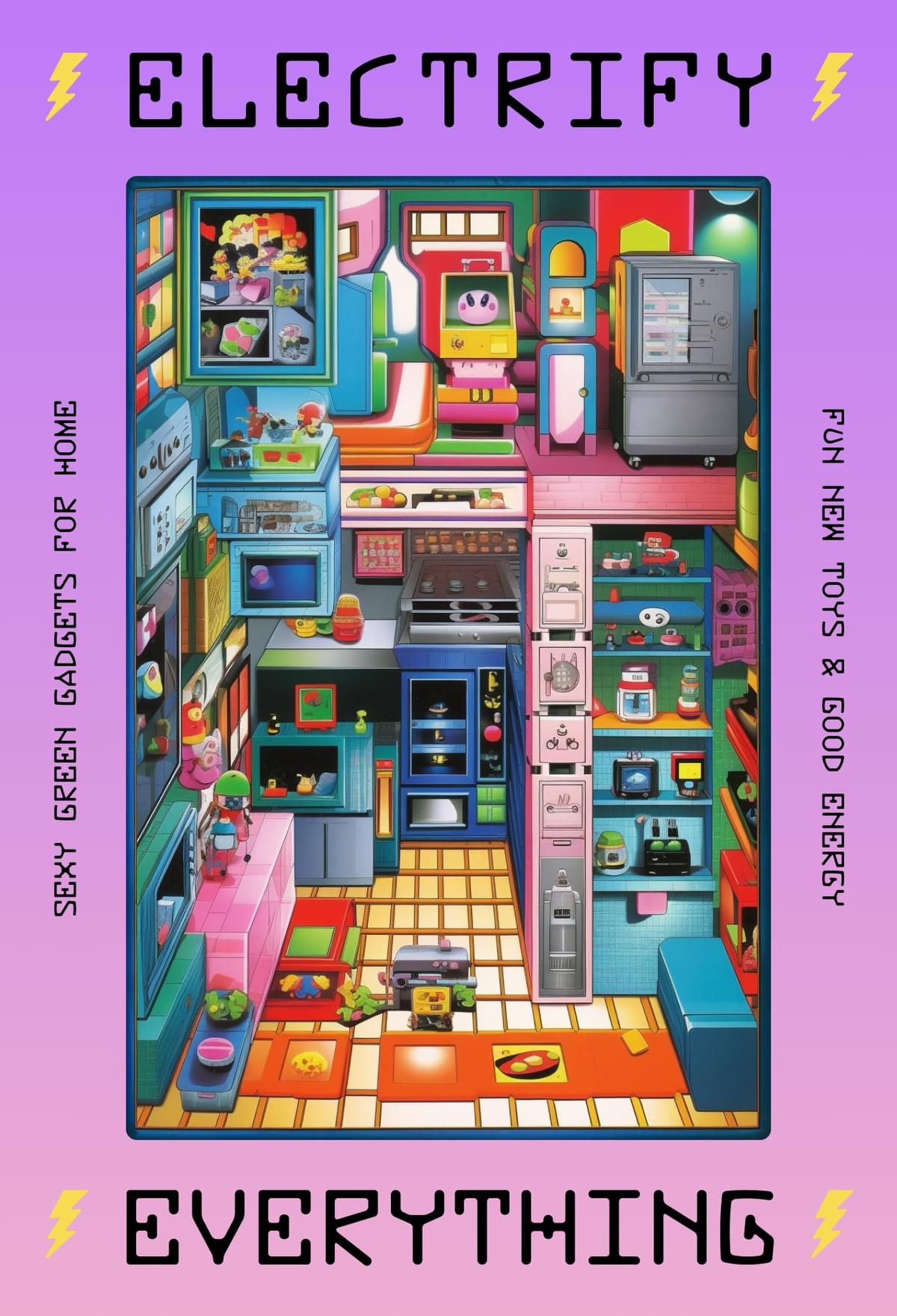
Wherever you live, nearby wonders and hyperlocal adventures are there for the finding.

Taking closer vacations opens your eyes to your own backyard in unexpected and culture-forward ways. It also significantly reduces global CO2 emissions—so hop on a train, bus, or short car ride and discover regional delights you never knew existed.
Local Lux

Frequent travelers can impact emissions by focusing on how they travel. Most of the average individual's travel emissions—about 70%—come from driving, while 12% comes from flying.1 In the future, we’ll need alternative lower-carbon fuels to decarbonize air travel, but more research is needed before they can be used widely.2 In the meantime, there are opportunities to change our behaviors around how often and where we choose to fly.3
Taking a vacation closer to home can be great for both your wallet and the planet—but it doesn’t mean it’s any less eye-opening. Check out these creators who stay local but live large. They explore different cultures in their neighborhood. Hit up the hippest new bars in their zip code. Jump on a train. The possibilities are endless.

-
![]()
@thesojournies does solo train travel right.
-
![]()
Painter @emmacarlisle_ makes art inspired by the landscapes around her in southern England.
-
![]()
Each day at home with @highlandcows_bythesea is an adventure in itself.
-
![]()
@newyorknico posts intel about NYC’s most flavorful characters and businesses, such as Latin record store Casa Amadeo in the Bronx.
-
![]()
@seniorizz’s sleeper train trip in Malaysia goes viral.
-
![]()
Artist @rachel.pohl inspires with dispatches from her current backyard in Lofoten, Norway.
-
![]()
@sejsejlija’s short vlogs about daily life close to the North Pole have earned her millions of followers.
-
![]()
@shiadanni roams her neighborhood on foot to keep her legs looking good.


Island Livin’ BK Edition


Cultural org I AM CARIBBEING dreamed up this weekend itinerary staying close to home in Brooklyn's Little Caribbean, a vibrant neighborhood brimming with Black-owned cafes, bars, markets and nuff vibes. From delicious roti and jerk, to patties, calypso, soca, dancehall and compas, Flatbush is home to one of the largest, most diverse immigrant communities in the world.

-
![Two people in a vinyl record shop.]()
African Record Center is a vinyl record shop-cum-gallery owned by the Francis brothers who first introduced African artists, notably Fela, to the US in the 1960s.
-
![Bottles of liquor on a shelf.]()
Little Mo Wine & Spirits' lineup of rum & spirits is inspired by neighborhood flavors and has a blackboard of pairings with West Indian food from local restaurants.
-
![A baker putting icing on a cake.]()
Mr. P’s is Little Caribbean's newest ice cream parlor serving up familiar West Indian flavors such as peanut punch and soursop.
-
![A bar with a wood countertop and bottles in the background.]()
A vibrant artsy bar on the corner of Rogers and Lenox Road, The Rogers Garden transports you to the islands one sip at a time alongside live sets by Brooklyn’s hottest DJs.
-
![Person washing vegetables.]()
From plant-based patties such as lentil, plantain or ackee to yucca fries and smoothies, Veggies on Nostrand never disappoints with a menu centering Caribbean health and wellness.
-
![Person serving plate of food on table.]()
Zanmi is a must visit for authentic Haitian dishes such as griot (fried goat), lambi (conch), riz djon djon (traditional black rice), smoked herring nestled between plantains, and modern takes like kafou wings and signature flatbreads.
-
![Storefront with "Aunts et uncles" sign on the window.]()
Aunts et Uncles is a community cafe owned husband-wife duo Mikey & Nicole who push the boundaries of ital (plant-based) Caribbean dishes such as fried bake and saltfish substituted with hearts of palm, and refreshing cocktails such as sorrel sangria.
-
![Colorful mural on the side of a building.]()
While you are walking around this bustling, colorful Brooklyn neighborhood, look out for murals depicting Caribpolitan life such as the annual West Indian Day Parade, the legendary Bob Marley and more.
Alt Escapes


-
Vlog about a regenerative trip
Regenerative travel—one step up from sustainable travel—aims to give back to both planet and people. -
Start a National Park hiking challenge
Most countries have their own national wonders. Wherever in the world you live, why not try to visit all of your country's national parks, and making a game of it? -
Visit your neighbors
Visiting neighboring countries can give you a fresh dose of culture while saving transport costs and emissions. -
Create the escape
Meaningful gatherings can also be a transformative local experience. Try hosting innovative and themed parties, potlucks, and gatherings. -
Use climate friendly transportation
Learn a climate-friendly mode of transport — sailing, long distance biking, kayaking, horse riding—and take to the road. -
Be like this guy
A British man used the government's £2 cap on bus fares in England to travel 137 miles across the country.

View all sources

Creative climate collaborations
























